Go spend some time in nature, in Lewiston’s spacious backyard known as Thorncrag Nature Sanctuary. Walking up the yellow trail, you might hear a scuttle, a chirp. You might see movement out of the corner of your eye – a fox or a coyote. Just about a half mile into the sanctuary, you’ll come upon the pinnacle, the highest point in the city where, in days of yore when the summit was barer, you’d be able to see the tip of Mount Washington to the west and smoke from the steamers on the ocean to the southeast.
If it’s a particularly quiet day in the woods, you might get a peculiar sense of solitude you won’t immediately be able to gauge. Take a seat at the Miller Fireplace and think on that feeling, look around at all the signs of life, listen to the woods – wait for it. Do you hear it?
For a century now, the Stanton Bird Club’s Thorncrag Nature Sanctuary has been a refuge for wildlife and for all those who enjoy connecting with nature and escaping Lewiston’s loud and busy streets. What was created in response to widespread war and the 1918 Spanish flu pandemic would once again provide the reprieve so many Mainers needed 100 years later under similar circumstances.
“Picture back in March, April, May of 2020: people are home, trying to do their work, they’re trying to homeschool their kids, they’re trying to keep them on Zoom to learn – everybody in the house is going crazy,” said Stanton Bird Club Volunteer President Jeri Maurer. “Suddenly Thorncrag was being used more than ever … It was really an opportunity for everybody to be outside and away from all that fear.”

Gary Timberlake walks up the White Trail on Nov. 17 at Thorncrag Bird Sanctuary in Lewiston. “I have lived here all my life and never knew this place existed. A neighbor told me about it last year and I have come every day since. I used to walk around the streets but this place is so quiet and beautiful, a real gem.” he said after crossing a brook. Russ Dillingham/Sun Journal
The first people club volunteers observed entering the sanctuary was a family, two parents looking for a place their kids could burn some energy and get some fresh air. Others were so desperate to get out of the house, they would bring their lawn chairs and sit several paces apart in the parking lot just to have a friendly chat. But it wasn’t just the general public that needed a place to recover.
“Doctors and nurses talked about how important Thorncrag was after awful days when patients were dying and their family members couldn’t be there, when nurses were getting family members on Zoom to say goodbye to their loved ones,” said Maurer. “It really broke the soul. It was literally helping people who were trying to take care of the rest of us.”
From the Stantons to the Baynes to the Anthonys and the generous public, Maurer illustrated in a November presentation at the Lewiston public library how a sturdy 45-acre gift to a bird club established in a frivolous frenzy grew to a staggering 450 acres open to all.
Thorncrag started out in 1922 with Thorne’s Hill, a 45-acre spot Alfred Anthony, his wife Gertrude Libby Anthony and his sister Kate Anthony gifted to the Stanton Bird Club.
“Think back to 1918: World War I’s been going on for years, some of the worst fighting is going on and people are looking for a place to get away from bad news,” said Maurer.

Blue sky and a cloud on Nov. 17 are reflected in one of several vernal pools in the sanctuary. Russ Dillingham/Sun Journal
Communities like Lewiston and Auburn hosted talks as an outlet for the public, and one such speaker was Ernest Harold Baynes, champion of American bison and defender of endangered birds. Baynes established over 300 bird clubs throughout the United States, the American Bison Society and partnered with Theodore Roosevelt to instate lasting protections for bison. Roosevelt would go on to become president of a Baynes-inspired bird club in Long Island, now known as Theodore Roosevelt Sanctuary.
“Baynes came to Auburn, gets up on stage and he talks about birds,” said Maurer. “He refused to get off stage until the community agreed they would have a bird club. And not only have a bird club, but he didn’t get off the stage until they elected officers.”
Despite the Spanish flu running rampant that October, the club persisted through the pandemic, elected new officers and in 1919 named itself the Stanton Bird Club after Bates College professor Jonathan Young Stanton. Maurer said
Stanton was loved in the community beyond Bates. Many would attend his birdwatching excursions, and all students took a mandatory ornithology course. Some of his taxidermies are still perched in the halls of Bates’ buildings to this day.
The Stanton Bird Club is one of the last active clubs inspired by Baynes, and the goal from its inception was to create a model bird sanctuary. That became a reality when the Anthony family came along in 1922. In addition to the initial 45 acres, the Anthonys would donate almost 80 acres in 1925 and over 100 acres in 1931.
“Anthony liked to horseback ride, and he would ride his horses up in the area and he would end up accidentally riding along some of the adjacent farmland,” said Maurer. “Through an attorney, Anthony ended up purchasing some of that farmland … So, his horseback riding led to us having that.”
The Anthonys made the bulk of their donations when they moved out of town, but the deed had stipulations for the Stanton Bird Club: the purpose of the land is to increase animal life while promoting an intelligent interest in birds and animals, to allow Bates College use of the land for its forestry program and to open the premises to the public “so far as the same will be in harmony with the two major purposes above expressed.”
Over a dozen parcels later, the sanctuary would double, adding Thorncrag Meadow, Field Family Farm and the Gendron family’s hayfield among others. In 2015, the sanctuary acquired the 80-acre Centennial Field which boasts 35 uninterrupted acres of open space.

One of many bridges that cross brooks throughout Thorncrag Nature Sanctuary in Lewiston. Russ Dillingham/Sun Journal
Although Bates eventually dropped its forestry program, the club still promotes the sanctuary’s use as an educational tool, said Maurer. Maurer has been leading school groups around the grounds since the early 1990s, and the educational value of those outings has been priceless.
“Who doesn’t want to see kids looking at birds, looking for bugs and making themselves (improve)?” said Maurer. “One girl came up to me and said, ‘I told my parents I didn’t want to come on this trip because I thought it was going to be boring. But this is really fun.’ And that was before she caught a frog. So, it does make a difference.”
If you hike to the 512-foot summit and happen to have it to yourself, make sure you listen closely — behind and beyond the ambience of the flora and fauna — to the compelling solitude Thorncrag offers. Do you hear it?
Send questions/comments to the editors.


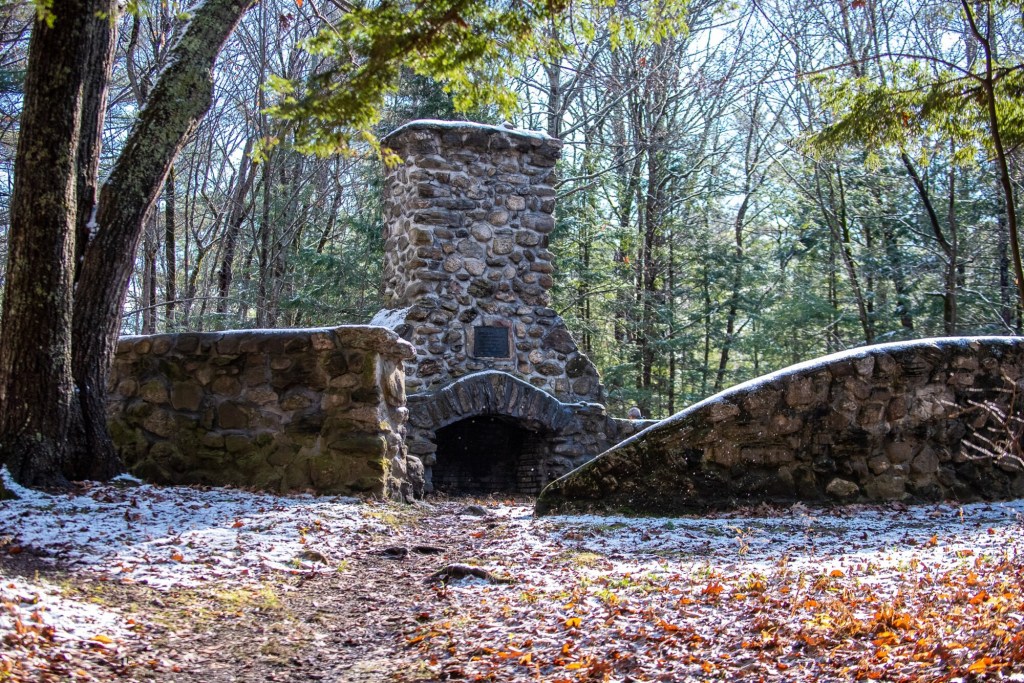
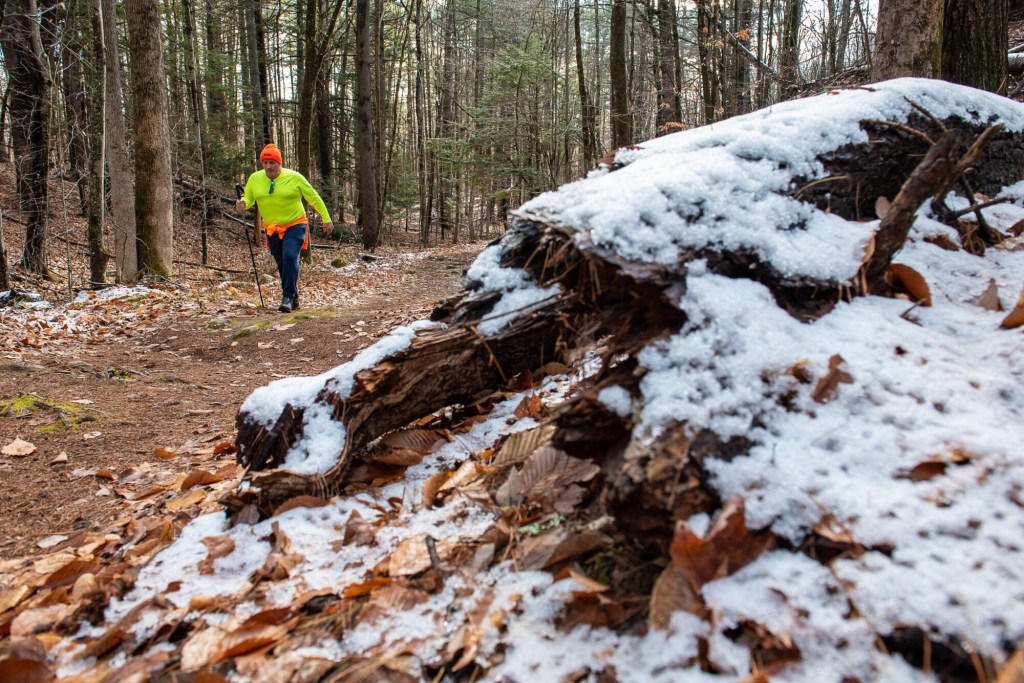
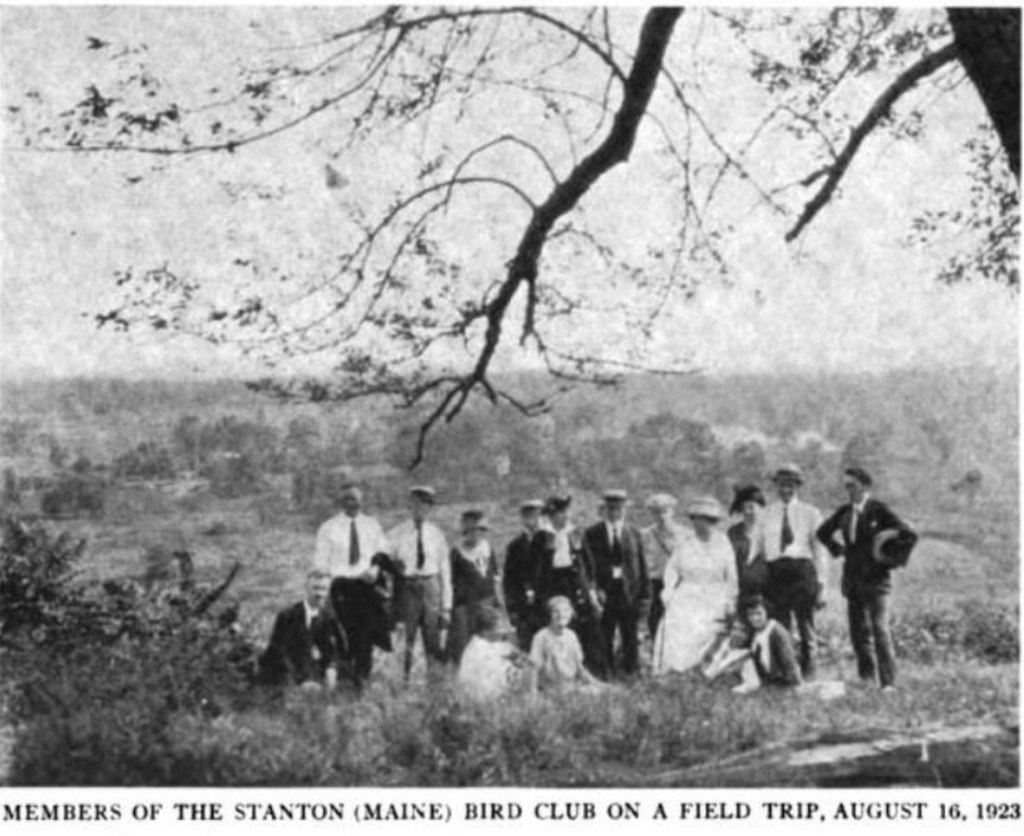
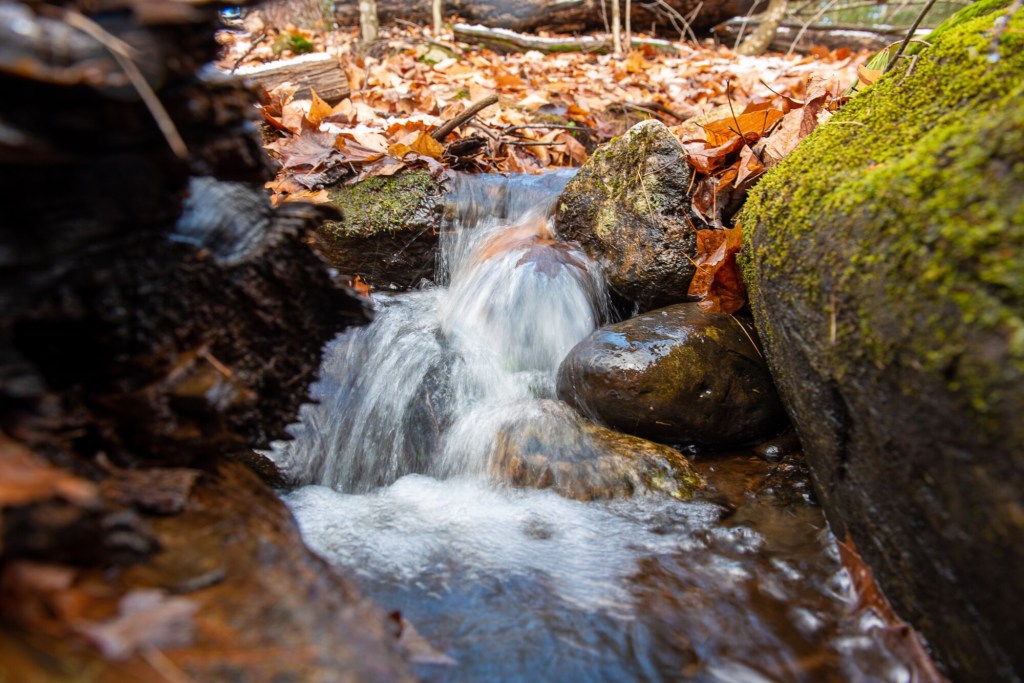
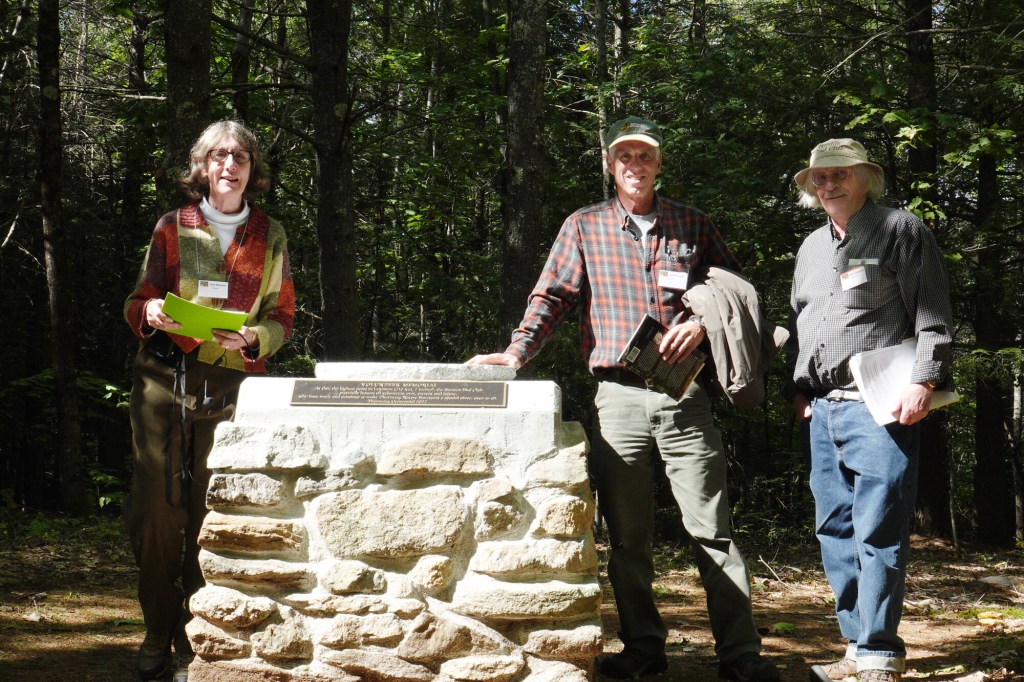

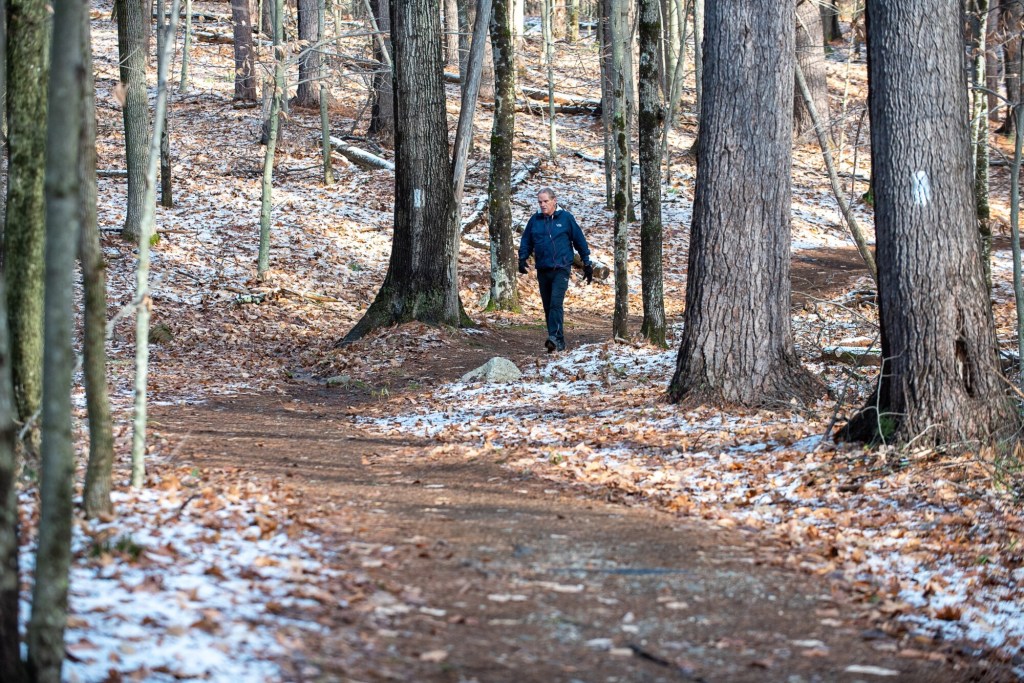
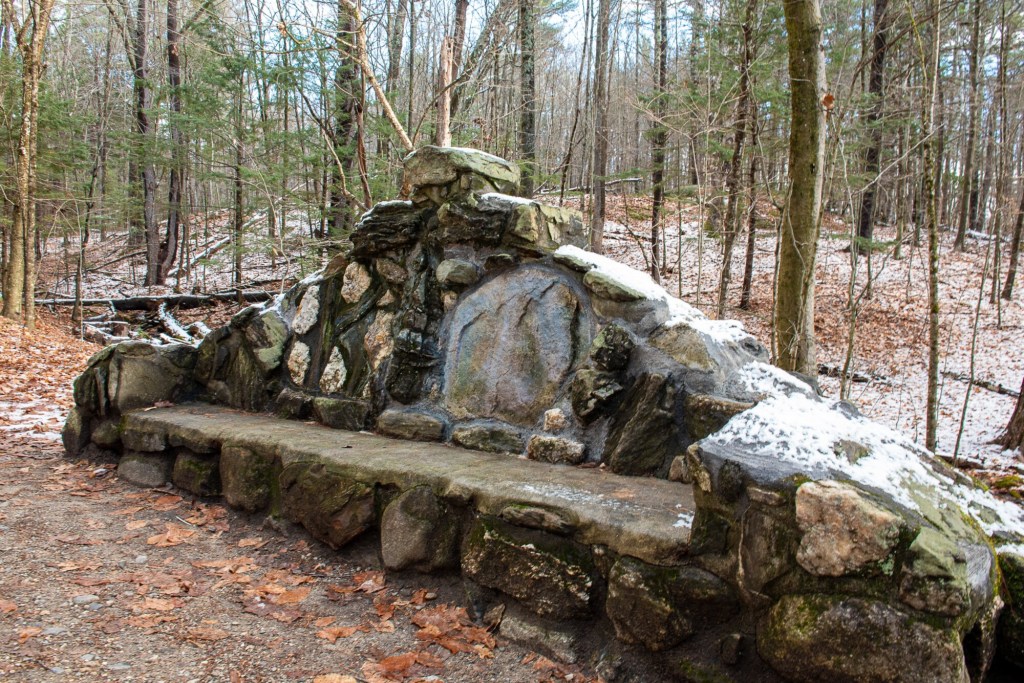

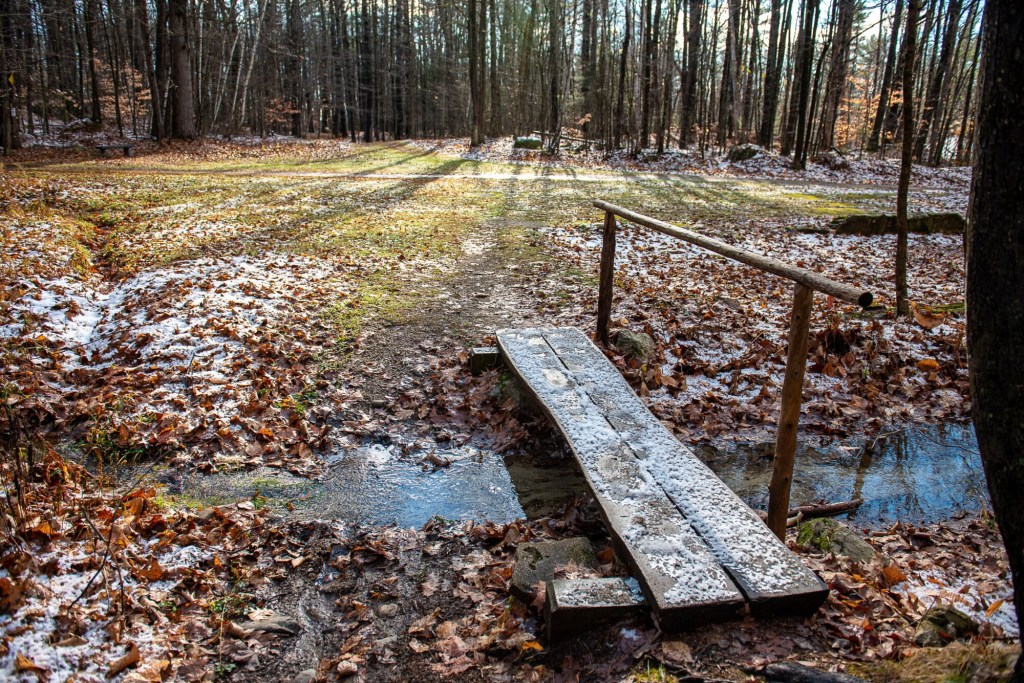
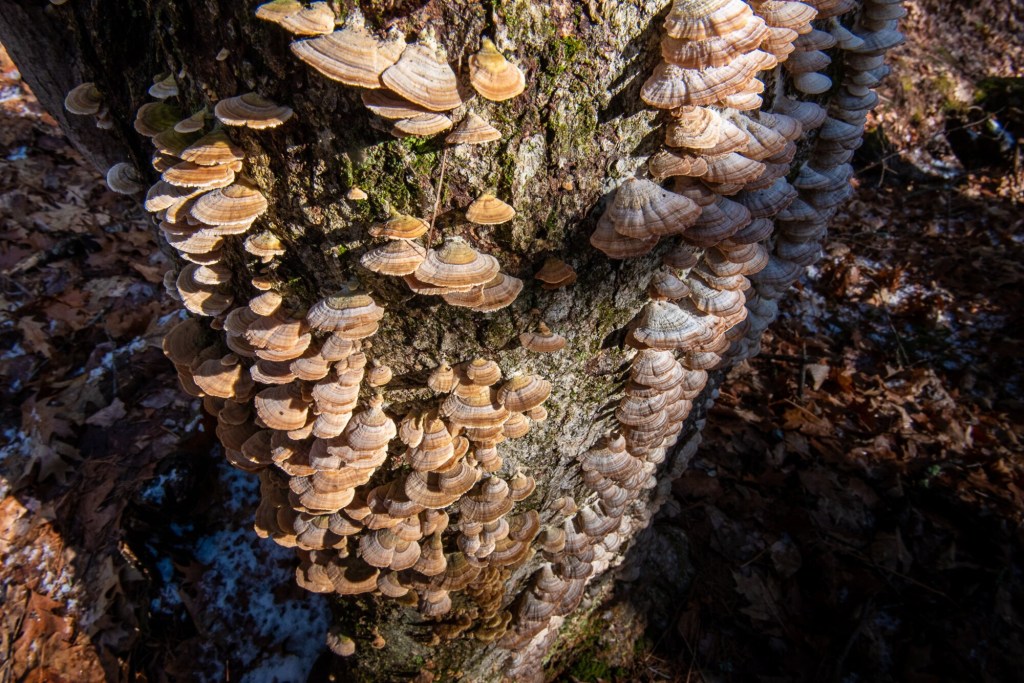
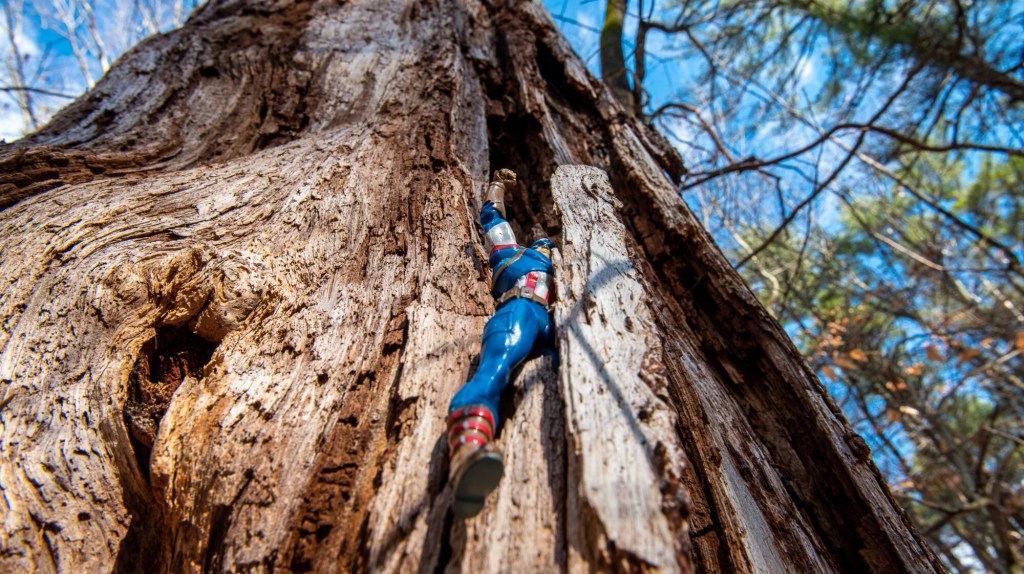
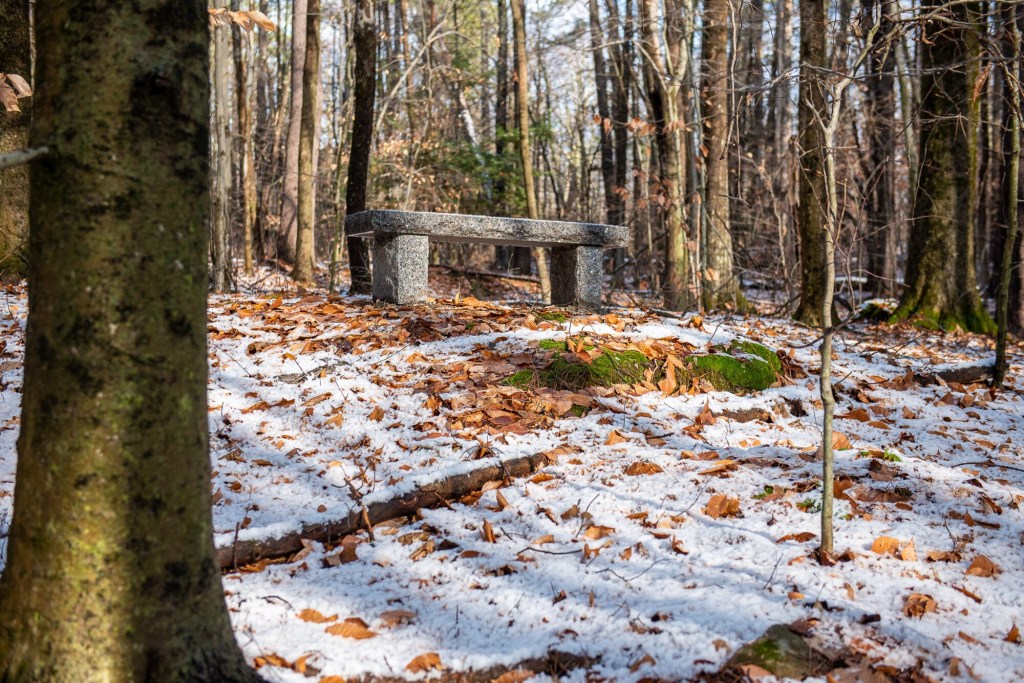

Success. Please wait for the page to reload. If the page does not reload within 5 seconds, please refresh the page.
Enter your email and password to access comments.
Hi, to comment on stories you must . This profile is in addition to your subscription and website login.
Already have a commenting profile? .
Invalid username/password.
Please check your email to confirm and complete your registration.
Only subscribers are eligible to post comments. Please subscribe or login first for digital access. Here’s why.
Use the form below to reset your password. When you've submitted your account email, we will send an email with a reset code.